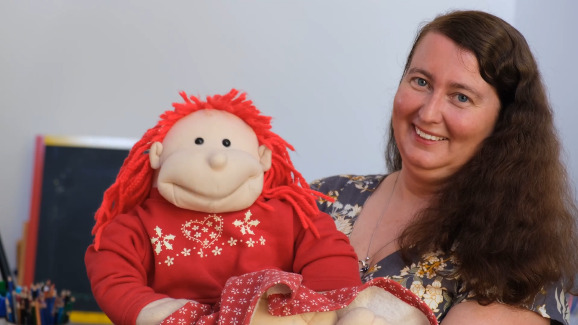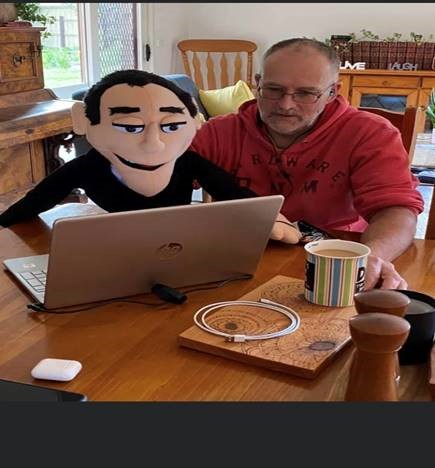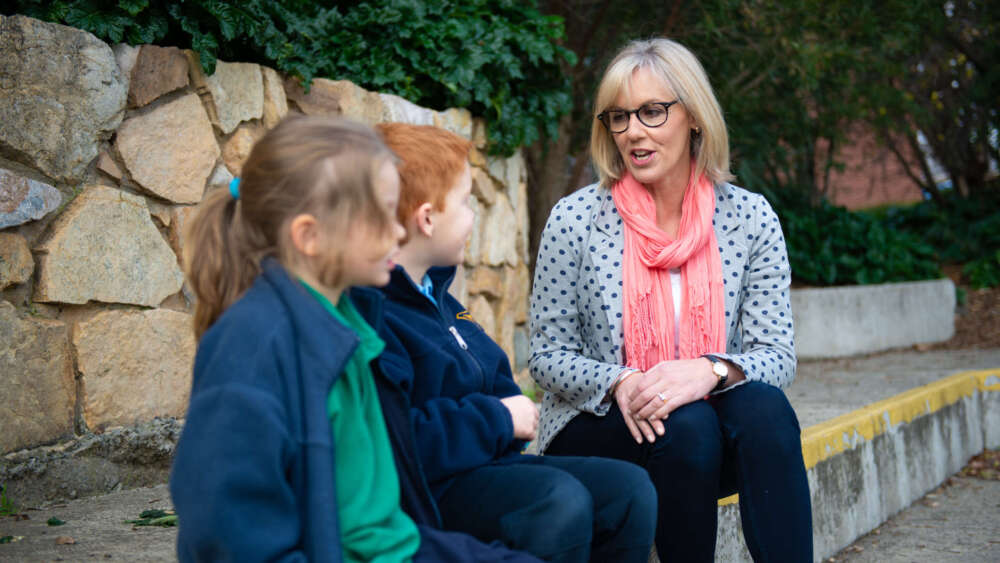School chaplains are needed now more than ever
‘I may not be here today if it were not for my chaplain.’
Someone recently asked, “Are chaplains a dying breed?” to which my response was a short but emphatic: “No! They are very much alive, enriching the social and spiritual fabric of communities.”
From aged care and youth support settings, to hospitals and correctional facilities, and in sports, law enforcement, armed forces, and of course, school settings, chaplains have served Australian communities for many generations. As ongoing pandemic-related challenges combine with cost-of-living pressures, chaplains are needed more than ever.
The reason for this is that chaplains continue to occupy a unique space in the wellbeing sector, bringing the gifts of time, presence, faith, spirituality and pastoral care.
In the case of school chaplains, during pandemic-related lockdowns across several major Australian cities, they provided vital social, emotional and spiritual support as people sought a confidante to talk through the season of increased uncertainty, anxiety and isolation.
In some ways, chaplains represented vessels of ‘hope’ and ‘peace’ during the pandemic, when these were in short supply. With job losses caused by businesses scaling down or closing, they were also on hand to support those struggling with financial barriers by providing food, care packages and referrals to accommodation providers in response to locally identified needs.
“The support, understanding and kindness ripples far beyond the school gate.” – Tarwin Lower Primary School Principal, Jennifer Cox
In the school setting, chaplains usually work in partnership with a team of wellbeing professionals: psychologists, social workers, nurses, teachers, principals, and community agencies to offer holistic care. Community engagement, relationships over the long haul, partnerships and communication are critical to the success of the chaplain’s role and its positive impact on the wellbeing of individuals and communities.
School chaplaincy has been offered Australia-wide since the Howard government established the National School Chaplaincy Program in October 2006.
The program is largely delivered in government schools on a part-time basis, with some schools supplementing funding to give their chaplain more scope to respond to the needs of a community. Defining the role of a school chaplain is best done by looking at how they describe their place within the school community.

School chaplain Edwina uses a variety of engagement tools, including puppets in her group sessions.
Korus Connect chaplain Edwina has served her local school community for 14-plus years. She says: “Being a chaplain is the greatest honour I can imagine. To be trusted by a community to listen, and to care and respond, is an incredible privilege. I wake up every morning happy to come to my job because I truly believe I am coming with a purpose and making a difference in people’s lives.
‘The role of the chaplain is to respond to the needs of the community. So every day, I do see individual children, but I also do a range of other things, such as running library (activities) at lunchtime – so there is a safe place for kids to come and play. I run small groups on anxiety management, or grief and loss, or social skills. I also run a playgroup, or run lunchtime clubs … If an event is quite traumatic, I would go in and run a debrief for the whole class.”
Feedback from school leadership teams working with chaplains has also been positive. The Tarwin Lower Primary School Principal, Jennifer Cox, said the local school chaplain provided a key pastoral care role within the community.
“Having a chaplain at school has meant that our whole school community – students, parents, guardians, teachers – feel happy, safe and cared for,” Jennifer said. “The support, understanding and kindness ripples far beyond the school gate, and has a positive effect for all. Our chaplain is incredible and is a valued and integral part of our school.”
School communities hold chaplains in high regard, as evidenced in a new research report commissioned by the National School Chaplaincy Association (NSCA) which captured data from representative organisations, including Korus Connect.

Chaplain Steve used puppet Nigel to provide encouragement to classes during extended periods of online learning by Victorian students.
Conducted by researchers at the University of Western Australia (UWA), the study applied ‘The Nest’ wellbeing model developed by The Australian Research Alliance for Children and Youth (ARACY).
The UWA report shows that the work of chaplains contributes significantly to each of the six domains of the model, as assessed by the participants in the study. The numbers below indicate the percentage of participants who scored that this impact was significant or life-changing:
- Being loved and safe 87 per cent
- Having material basics 76 per cent
- Being healthy 78 per cent
- Learning 69 per cent
- Participating 81 per cent
- Positive sense of culture and identity 75 per cent.
What does this impact look like at the school level?
“I was doing a craft activity with a primary-school-aged boy, and we chatted about his day,” says a school chaplain.
“We finally got onto the subject of family and I asked him who was living in his house with him. He told me that he was living with his grandparents and another sibling and occasionally saw his mum. Lowering his voice and his head, he then told me that his dad left the family when he was a baby.
“I asked him to look up at me as I wanted to make sure that he took in the words I was about to say. ‘You know it wasn’t your fault that Daddy left, don’t you?’ ‘No, I didn’t,’ he responded and broke down in uncontrollable sobs.
“I handed him a handful of tissues and he wiped his eyes and blew his nose. ‘I am fine now,’ he said and then requested to go back to class. I checked on him later in the day, and he was happily playing with the other children. He has not mentioned Dad since, but regularly comes up to greet me and tell me about his weekend.”
It is stories such as these that remind me that school chaplains work quietly, consistently and dynamically behind the scenes. It is time to recognise, celebrate and thank our chaplains for the many ways they collaborate to provide pastoral and holistic care, in schools and in the wider community.
There will be more than one person reading this who could say, “I may not be here today if it were not for my chaplain.”
Dawn Penney is CEO of Korus Connect.
Email This Story
Why not send this to a friend?


